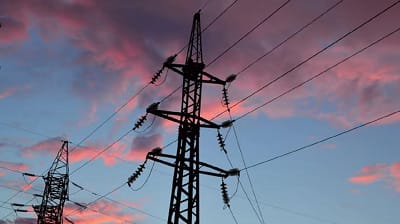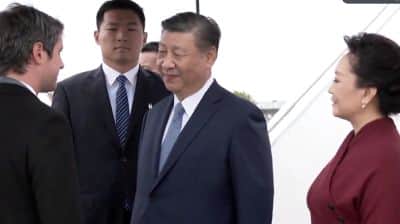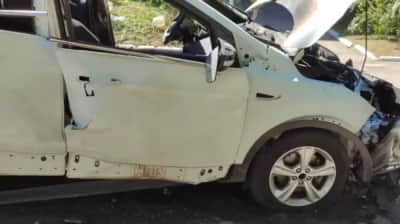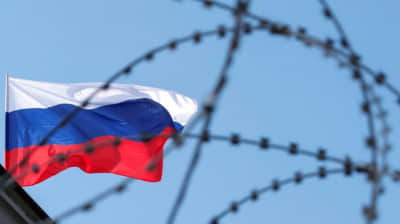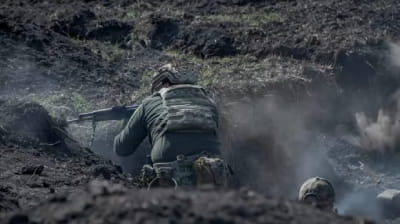ISW analyses potential new threats to Russia from ATACMS missiles provided to Ukraine
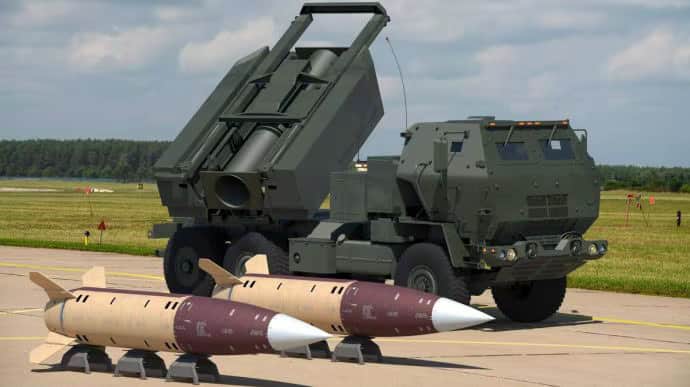
Experts at the Institute for the Study of War (ISW) have analysed the implications for Russia of Ukraine's deployment of long-range ATACMS missiles, which would pose a threat to Russian aircraft and their ammunition storage points in the rear.
Source: ISW
Details: The report stated that Ukraine had used the US-provided ATACMS long-range missiles for the first time to strike Russian targets in the country's occupied territories on 17 October.
The Wall Street Journal and other Western media outlets confirmed on 17 October that the US had "secretly" provided Ukraine with 165 km-range ATACMS missiles over recent days and reported that Ukrainian forces had actually made use of ATACMS missiles to strike airfields in the Russian-occupied cities of Berdiansk in Zaporizhzhia Oblast, and Luhansk.
Ukrainian President Volodymyr Zelenskyy also said in an address on 17 October that ATACMS had "proven themselves well" but did not explicitly confirm their use during these strikes.
Analysts point out that the US likely transferred the ATACMS systems secretly to provide the Ukrainian forces with an operational surprise, and the general shock in the Russian information space indicates that Ukraine has achieved the desired effect.
They also add that the likely scattering of Russian aircraft at airfields across occupied Ukraine and the movement of aircraft further away from the contact line is likely to disrupt Russian air support for defensive efforts and local offensive operations.
Relocating aircraft to airfields further to the rear may affect the loiter time that Russian aircraft will have to support operations.
Experts suggest that this will be particularly challenging for Russian helicopters, which have been operating in relatively small areas of the frontline for a long time, to weaken the advancing Ukrainian mechanised forces at the start of the counter-offensive in June and July 2023. The dispersal of air assets to more airfields will also likely present the Russian Aerospace Forces with greater challenges in coordinating and sustaining operations.
The emergence of long-range missiles also poses a significant threat to Russian ammunition storage points in the rear areas and is likely to force the Russian command to choose between fortifying existing points and further dispersing them throughout occupied Ukraine.
To quote the ISW’s Key Takeaways on 17 October:
- Ukraine used US-provided ATACMS long-range missiles to strike Russian targets in occupied Ukraine for the first time on 17 October.
- The Ukrainian ATACMS strikes on operationally significant Russian airfields in Ukraine will likely prompt the Russian command to disperse aviation assets and withdraw some aircraft to airfields further from the frontline.
- The Russian military has consistently shown it can adapt to new Ukrainian strike capabilities — but only after suffering initial and pronounced losses from Ukrainian capabilities Russian commanders realistically should have prepared for.
- The arrival of ATACMS long-range missiles also presents a significant threat to Russian ammunition depots in rear areas and will likely force the Russian command to choose between fortifying existing depots or further dispersing depots throughout occupied Ukraine.
- The Russian information space expressed widespread fear over the use of ATACMS, and Russian concerns over the possibility of future strikes will likely impact Russian decision-making beyond the current Ukrainian ability to sustain regular ATACMS strikes.
- Ukrainian forces continued counteroffensive operations and advanced near Bakhmut and in western Zaporizhia Oblast.
- Russian forces continued offensive operations along the Kupyansk-Svatove-Kreminna line, near Bakhmut, near Avdiivka, southwest of Donetsk City, in the Donetsk-Zaporizhia Oblast border area, and in western Zaporizhia Oblast, and advanced in certain areas of the front.
- Russia continues to take steps to codify the inclusion of volunteer formations within Rosgvardia.
- The Russian Orthodox Church (ROC) continues efforts to consolidate control of orthodox diocese in occupied areas of Ukraine.
- Russian President Vladimir Putin held bilateral negotiations with Hungarian President Viktor Orban and Mongolian President Ukhnaagiin Khurelsukh in Beijing on 17 October.
Ukrainska Pravda is the place where you will find the most up-to-date information about everything related to the war in Ukraine. Follow us on Twitter, support us, or become our patron!


